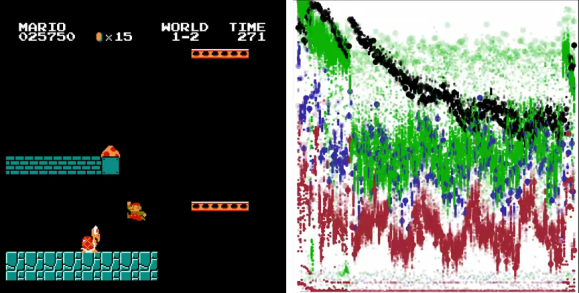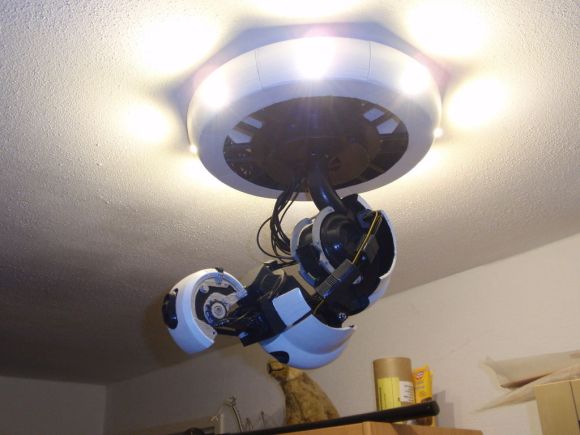
Some people know [Tom Murphy] as [Dr. Tom Murphy VII Ph.D.] and this hack makes it obvious that he earned those accolades. He decided to see if he could teach a computer to win at Super Mario Bros. But he went about it in a way that we’d bet is different that 99.9% of readers would first think of. The game doesn’t care about Mario, power-ups, or really even about enemies. It’s simply looking at the metrics which indicate you’re doing well at the game, namely score and world/level.
The link above includes his whitepaper, but we think you’ll want to watch the 16-minute video (after the break) before trying to tackle that. In the clip he explains the process in laymen’s terms which so far is the only part we really understand (hence the reference to voodoo in the title). His program uses heuristics to assemble a set of evolving controller inputs to drive the scores ever higher. In other words, instead of following in the footstep of Minesweeper solvers or Bejeweled Blitz bots which play as a human would by observing the game space, his software plays the game over and over, learning what combinations of controller inputs result in success and which do not. The image to the right is a graph of it’s learning progress. Makes total sense, huh?
[via Reddit]
Filed under: software hacks










